CLAY POTTERY

Clay Pottery is considered to be one of the oldest lines of craftwork in Sri Lanka. Even in today's age of steel and plastic, clay pottery is pretty famous and still practiced here.
There is evidence about the history of pottery in Sri Lanka, which goes back to the 02nd century BC. The archeological excavations near Thissamaharamaya, Anuradhapura Gedige and Kandarodai in Jaffna had unearthed pottery items dating back to different stages of history in Sri Lanka.
Even some of the excavated pottery found here was known to be imported from different parts of the world thus showcasing that pottery items were among the primary goods traded internationally in ancient Sri Lanka.
In addition to clay pots, vases, terracotta figures, and other utensils are also made using clay today. If you are in Sri Lanka, be sure to visit Molagoda, a small village along the Colombo-Kandy road, famous for its clay pottery.
Insider Tip: Hop on a bicycle tour to visit a village of potters in Habarana. Here you can try your hands in the pottery-making process along with the village community and witness the fantastic transformation of the raw clay into pottery.
WOODEN ARCHITECTURE AND WOODCARVING
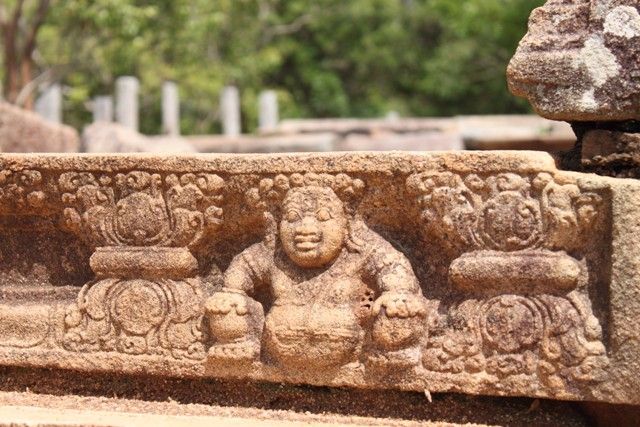
In the early centuries, wood was an integral element of many structures and wood carving has been a part of Sri Lankan arts and crafts for centuries. One of the prominent examples of the wooden architecture of Sri Lanka is the ''gatehouse'' located at the eastern entrance to Anuradhapura.
This beautiful marvel was built in the 4th century BC and unlike in other wooden marvels where just a part of tree like the tree trunk is only used, interestingly in its creation all parts of the trees were used.
Other magnificent examples of the artistic wooden marvels are the palaces at Polonnaruwa and Panduwasnuwara. Here, to hold the weight of the upper floors wooden columns were placed in the brickwork crevices. Interestingly, these columns consisted of entire trunks of trees. These crevices still retain the spur stones upon which the wooden column once stood.
Insider Tip: To witness ancient Sri Lankan woodworks, you must visit the Embekke Temple in the city of Kandy.
JEWELLERY MAKING
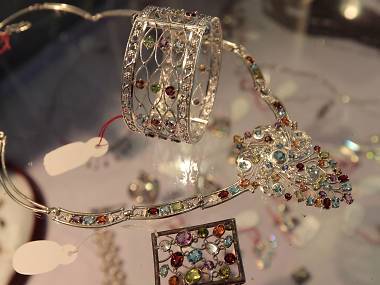
The history of jewellery making in Sri Lanka dates back some 3,000 years. Many archaeological discoveries found burial grounds that can be traced back to 1000 BC. The findings here included pieces of jewellery set with polished gemstones and beads originating from Sri Lanka.
In ancient times, silver, gold, and gem-adorned bangles, necklaces, and rings, among other ornaments, were considered a mark of royalty and privilege. Today, with the aid of technology and the skills of talented artisans and designers, the jewellery industry rose to become one of the leading industries of the island country.
Sri Lanka is a beautiful country blessed with lovely landscapes, lush green tea gardens, unique culture, historic sites and a rich legacy of arts and crafts dating back thousands of years. From cave paintings to rock sculptures, these arts and crafts are firmly rooted in Sri Lankan culture telling a tale of skilful artistry from the bygone eras. Come and discover refreshing Sri Lanka with us! We, at Indo Asia Tours, are all about the handcrafted tours, memories, and moments you take out of your trip, and believe us, this escapade will be a life-changing one!

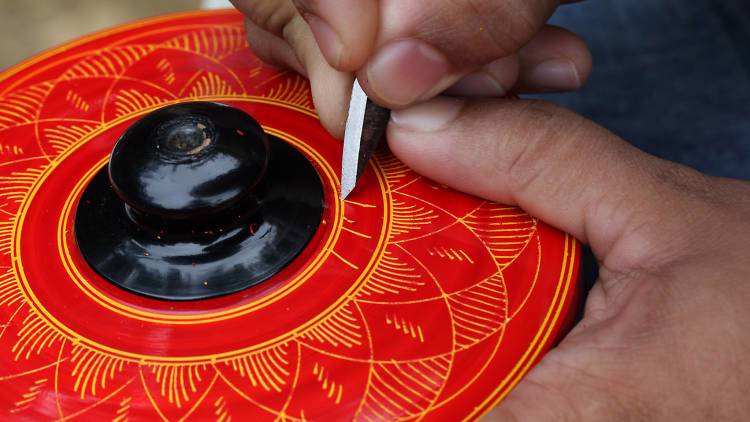
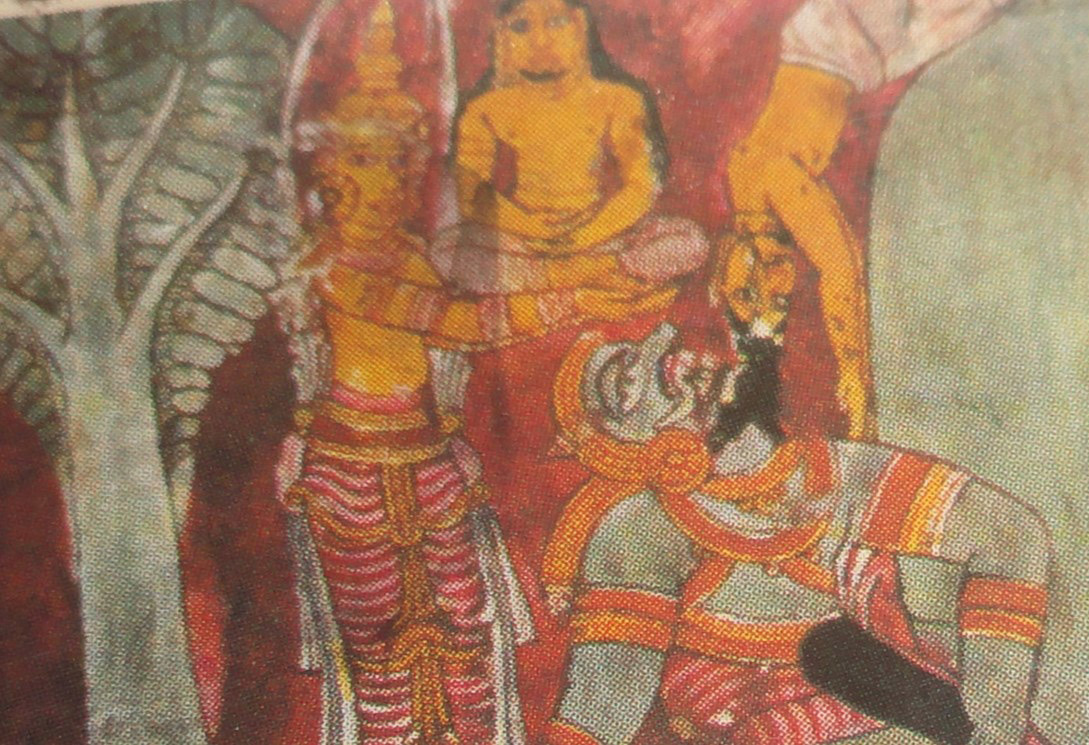
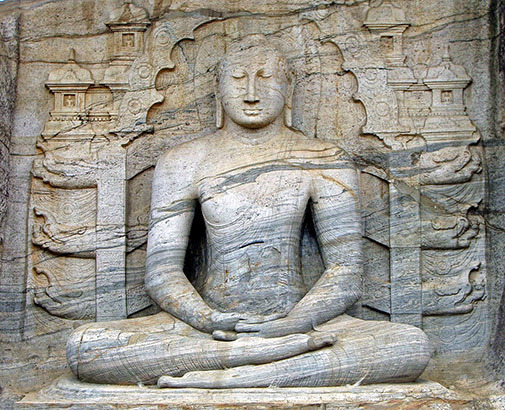 In Sri Lanka, most of the sculptures you encounter are based on religious beliefs like any other form of Sri Lankan art.
In Sri Lanka, most of the sculptures you encounter are based on religious beliefs like any other form of Sri Lankan art.
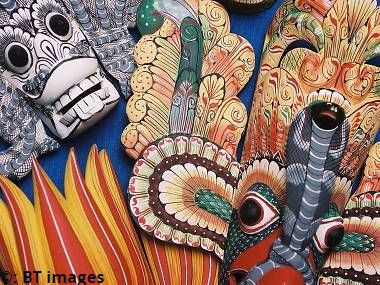 Masks are connected very deeply with Sri Lankan folklore and during the traditional dances artisans wear these facial decorative pieces as part of their culture. Traditionally, masks are used in devil dances during festivals, rituals for curing and dramas.
Masks are connected very deeply with Sri Lankan folklore and during the traditional dances artisans wear these facial decorative pieces as part of their culture. Traditionally, masks are used in devil dances during festivals, rituals for curing and dramas.
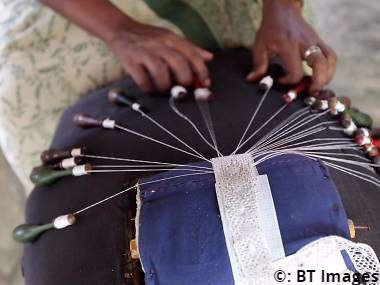 Beeralu Lace is a reputed household industry, mainly centered around the south western coast of Sri Lanka. Lace-making is a delicate and challenging craft. It is fascinating to see how the artisans dexterously handle the tools to create elaborate patterns.
Beeralu Lace is a reputed household industry, mainly centered around the south western coast of Sri Lanka. Lace-making is a delicate and challenging craft. It is fascinating to see how the artisans dexterously handle the tools to create elaborate patterns.
 The traditional drums or Bera (as they are known locally), are undoubtedly an intrinsic part of the Sri Lankan culture. These drums were used by ancient Sinhala rulers for various political, cultural, religious, and social purposes. Various types of drums are still crafted like Geta Beraya (a drum with a knot and used as the main drum during dance sequences in all of kandiyan rituals), a two-faced drum, a hill country drum etc.
The traditional drums or Bera (as they are known locally), are undoubtedly an intrinsic part of the Sri Lankan culture. These drums were used by ancient Sinhala rulers for various political, cultural, religious, and social purposes. Various types of drums are still crafted like Geta Beraya (a drum with a knot and used as the main drum during dance sequences in all of kandiyan rituals), a two-faced drum, a hill country drum etc.
 Clay Pottery is considered to be one of the oldest lines of craftwork in Sri Lanka. Even in today's age of steel and plastic, clay pottery is pretty famous and still practiced here.
Clay Pottery is considered to be one of the oldest lines of craftwork in Sri Lanka. Even in today's age of steel and plastic, clay pottery is pretty famous and still practiced here.
 In the early centuries, wood was an integral element of many structures and wood carving has been a part of Sri Lankan arts and crafts for centuries. One of the prominent examples of the wooden architecture of Sri Lanka is the ''gatehouse'' located at the eastern entrance to Anuradhapura.
In the early centuries, wood was an integral element of many structures and wood carving has been a part of Sri Lankan arts and crafts for centuries. One of the prominent examples of the wooden architecture of Sri Lanka is the ''gatehouse'' located at the eastern entrance to Anuradhapura.
 The history of jewellery making in Sri Lanka dates back some 3,000 years. Many archaeological discoveries found burial grounds that can be traced back to 1000 BC. The findings here included pieces of jewellery set with polished gemstones and beads originating from Sri Lanka.
The history of jewellery making in Sri Lanka dates back some 3,000 years. Many archaeological discoveries found burial grounds that can be traced back to 1000 BC. The findings here included pieces of jewellery set with polished gemstones and beads originating from Sri Lanka.
 Thank you, patrons, for reposing faith in our destinations and enquiring for customised virtual destination awareness training programs. We are proud to conduct them successfully so far and are looking forward to hold similar virtual destination awareness training programs for your team or yourself or a virtual tour for your clients. Let us know the destination of your interest along with your convenient date / time and we will be happy to set up a program for you.
Thank you, patrons, for reposing faith in our destinations and enquiring for customised virtual destination awareness training programs. We are proud to conduct them successfully so far and are looking forward to hold similar virtual destination awareness training programs for your team or yourself or a virtual tour for your clients. Let us know the destination of your interest along with your convenient date / time and we will be happy to set up a program for you.




